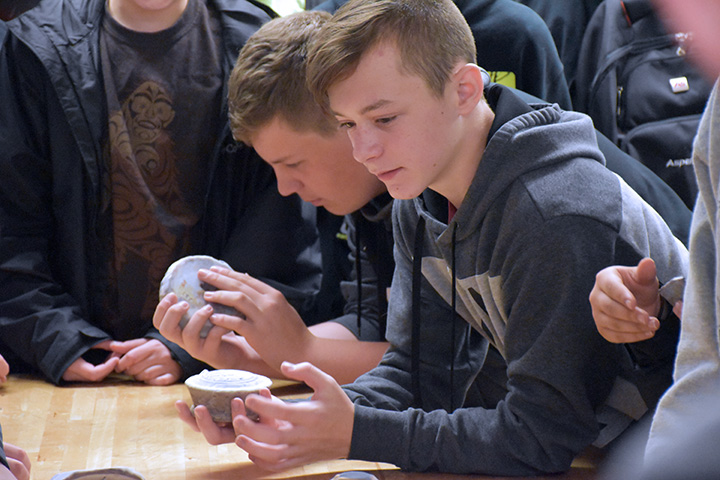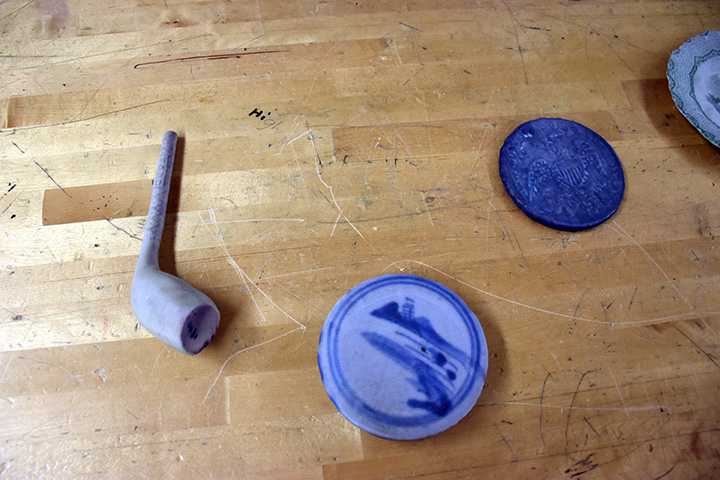When historic and culturally significant sites are destroyed, as in the recent cases of the National Museum of Brazil and Notre Dame Cathedral, are our links to the past gone forever?
Middle schoolers at Vancouver iTech Preparatory and award-winning teacher John Zingale are hoping that the answer is no. And they’re using technology to preserve history in ways that can’t be stopped by fire or other disasters.
In the future, the past may just be high tech. Said eighth grader Owen Chevalier, “I think the future of history is absolutely using technology, because technology just opens up so many opportunities historians 10 or 20 years ago never would have been able to dream of.”
In 2016, Zingale and his students embarked on becoming what he calls “digital curators of history.” They created a virtual reality tour of the Fort Vancouver National Historic Site.
In 2018, they expanded their work by building a virtual reality museum using photogrammetry, which converts photos into 2D and 3D models. The iTech students cataloged 115 artifacts from the fort, allowing anyone in the world with an internet connection to explore this important piece of Vancouver and Pacific Northwest history.
The process made eighth grader Maia Rodriguez even more interested in the subject. “It was cool to research, to see how everything was made, how the people lived and used these things,” she said.
The project quickly garnered attention from all over the world.
One of those who took notice was Tom Meeks of the Washington, D.C.-based YouthQuest Foundation, a nonprofit for at-risk youth. Meeks and his students printed 3D replicas of the artifacts and shipped them to iTech in May 2019.
For the students who cataloged the original items, the evolution from tangible object to virtual artifact and back to something tangible again was surreal. The details were still there: colors, intricate designs, contours and even flaws and cracks in the 200-year-old items.
Eighth grader Payton Kawamoto sees the possibility for the virtual reality museum and 3D-printed artifacts to reach people who otherwise might not be able to enjoy the fort.
Kawamoto explained, “It can be useful for the deaf because it can have written descriptions underneath the artifact. It can be useful for the blind because while they can’t see the artifact, if they have a 3D-printed ones out they can feel it, and they can hear audio descriptions of it. If someone can’t visit the museum, they can hop online and look it up.”
Zingale hopes to continue the work and maybe even combine the virtual tour and museum, allowing digital visitors to move through the fort and learn about individual artifacts as they go.
Porter Boldt, an eighth grader, hopes that other students get similar chances to learn about and carry history forward. Said Boldt, “It really shows people how kids can make a difference in showing their local history and making it known worldwide.”






